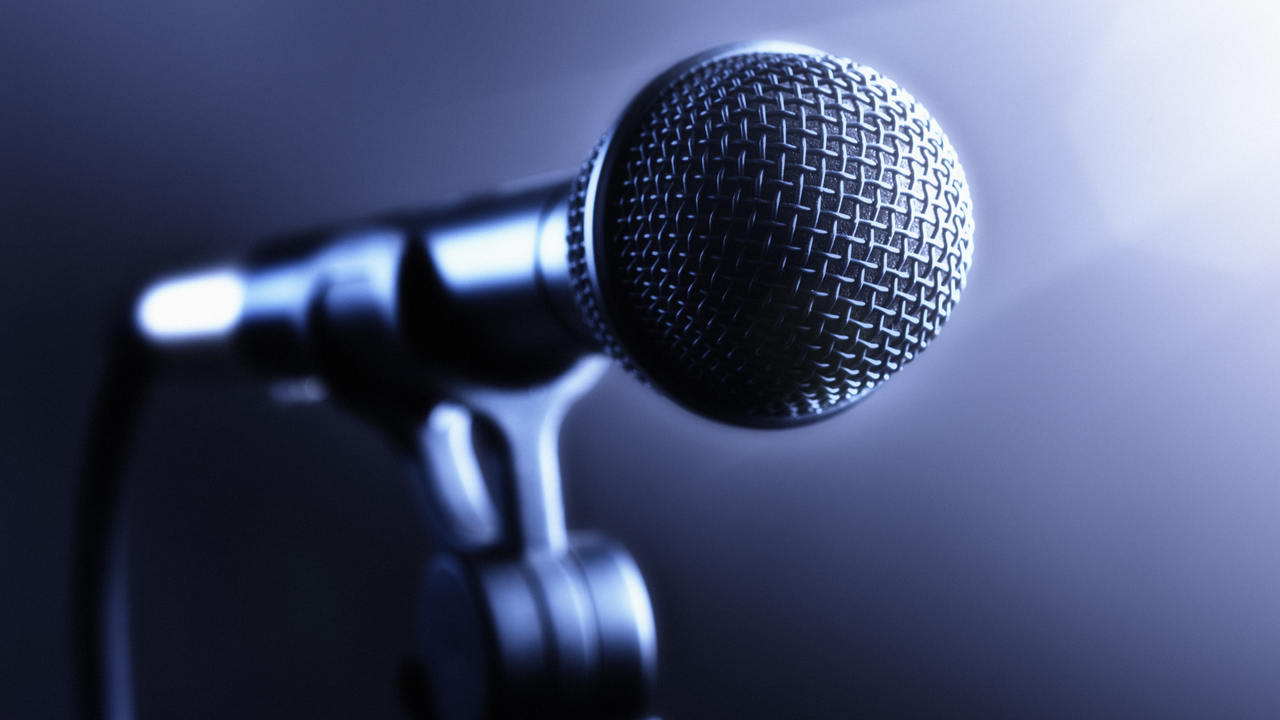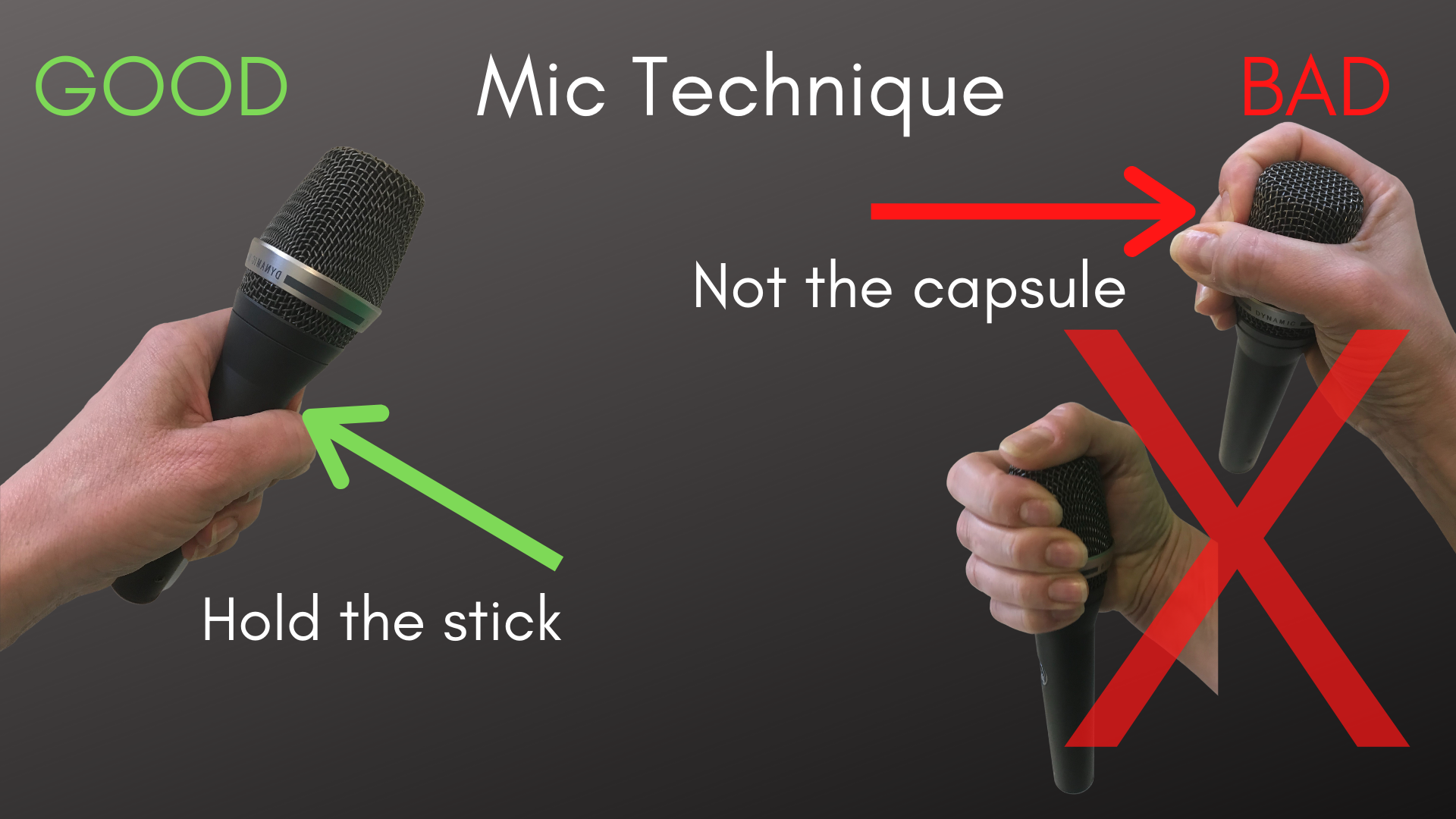Expert Tips For Getting Your Best Vocal Sound
Jan 17, 2022
As a professional sound engineer, I have spent over 30 years traveling the world with major label artists, mixing sound for their concerts and live performances.
Throughout my career, I’ve mixed sound in all sizes and kinds of environments, from nightclubs to stadiums, from private events at estates to music festivals like Download and Coachella. I’ve also supervised and mixed television performances with the artists I work with on everything from SNL to the Grammys.
It’s my job to make the artists I work for sound great wherever they are performing, and in this blog, I am going to share a few tips for getting your best vocal sound.
Some of the most common complaints from singers when it comes to vocals are:
- Not being able to hear yourself over the band
- Bad stage sound
- Vocals buried in the mix
- and feedback
If you are a singer, it doesn’t matter if you’re doing a live gig or recording in the studio, your vocals are the center of attention. They need to sound full and strong, they need to be crystal clear. The audience wants to hear the lyrics, and you want your talent to shine through.
You need to be able to hear yourself clearly in the monitors on stage. If you can’t hear yourself, your performance will suffer either from straining your voice to hear it over the band, or lack of confidence because you are unsure of your pitch.
If you are making demos or audition recordings, they need to sound professional. The quality of the recording can make or break a song or future booking.
The secret to all of this:
- great stage sound
- professional mixes of your songs
- high-quality demos
- getting your best vocal sound
Is understanding frequencies and using EQ properly, and this is not as complicated as you might think, and exactly what I teach in my program LISTEN!
One of the best ways to get your vocals to shine in a mix, whether it's live or recorded, starts with understanding EQ.
EQ is simply the manipulation of frequencies.
Every sound we hear is made up of Frequencies. Every note you sing is a frequency. The middle A on a piano has a frequency of 440 Hz. If you are old enough to remember the sound of a dial tone from a landline, that frequency is very close to 440 Hz.
With EQ, you are making adjustments to the frequencies of a sound, for the most part, adding a little in or taking a little out. But these small adjustments can make a huge difference in the quality of your vocals when performing live or recording.
For example, with some very simple EQ, you can create tons of clarity and get your vocal to pop right out in the mix.
Properly applied EQ is what keeps your vocals from being cloudy and unintelligible.
Another tip for getting your best vocal sound is using proper microphone technique.
WATCH THIS VIDEO
This one thing makes a HUGE difference in the quality of your vocal sound.
Singing directly into the capsule, with the mic right in front of your mouth and holding the mic by the stick, not the capsule.

This will give you the best vocal sound.
When you cover the capsule (called cupping or eating the mic), this also affects the quality of your vocal sound. Many singers will cup the mic when they can’t hear themselves on stage because it helps their voice cut through in the monitors. But even though this makes your voice easier to hear in your monitors, it sounds terrible in the PA speakers to the audience.

Instead of cupping the microphone to hear yourself better, learn the frequencies for your voice that make it pop through the mix so you can hear yourself clearly, and ask the sound engineer to adjust the EQ accordingly. You’ll be able to hear yourself, and the audience will have a much more pleasing experience.
Holding the mic too far away from your mouth will result in a ower quality sound. If you are a very dynamic singer and know how to work the mic, that’s great, but if you’re singing rather softly and the mic is too far away, your voice will sound thin. The closer you are to the mic, the fuller and stronger your voicel will sound.
Holding the microphone too far away also puts you at risk for feedback. You know, those horrible shrieks and howls that seem to come out of nowhere? Nothing ruins a great performance like uncontrollable feedback.
Proper mic technique helps prevent feedback.
Another fantastic tool for eliminating feedback is understanding frequencies. When you experience feedback on stage and can identify the frequency that is feeding back, you can call it out to the sound technician to quickly remove it with EQ.
Choose the right microphone for your voice.
There are many different types of microphones to choose from. Finding the one that best suits your vocal needs will make it much easier to get your best vocal sound.
The two main things to consider are the pickup pattern and frequency response.
If you often perform with a loud band on a small stage, a microphone with a hyper cardioid pickup pattern might be a better option than a cardioid mic. But only if you have excellent mic technique.
The microphone’s frequency response should complement your voice rather than work against it. Knowing frequencies and EQ helps you pick out the right microphone for your voice.
Ultimately, if you want the best vocal sound, understanding frequencies and how they affect your voice are essential, whether you are performing live or recording.
When you know the specific frequencies that enhance your voice, you’ll be able to communicate with the sound technician to hear yourself clearly and sound great in the mix.
If you are recording your own music, understanding frequencies and EQ will help to make sure the vocal shines in the mix and also get the right balance between all of the instruments.
EQ is the best tool for creating professional-sounding mixes live and in the studio.
By: Michelle Sabolchick
Get Exclusive Mixing Tips and Content That I Only Share With Email Subscribers
I hate SPAM and will never sell your information, for any reason.





